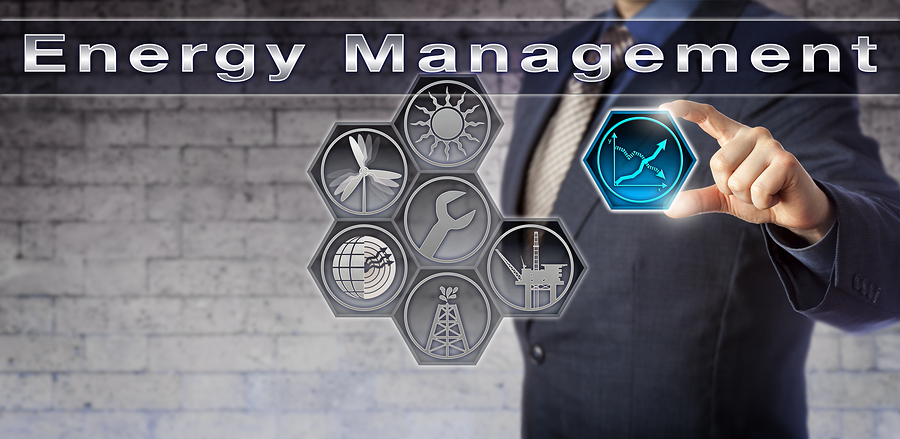When it comes to optimising ship performance and operating the most efficient fleet, there are numerous technologies and strategies to choose from that make it far from straightforward.
Many optimisation methods have secondary impacts. Understanding these strategies is essential to identify the best way to optimise each ship’s performance for the lowest cost.
Hans Meten Stein, Head of Shipping Advisory at DNV GL, says that there are three steps than DNV GL suggests through its Energy Management 3.0 advisory service to help get ahead in energy efficiency.
- Analysis of the ship specifics, the operating profile and the existing energy management system to identify the
most promising and feasible improvement areas. - Design of an energy management concept, including a strategy, specific measures and targets, the organizational implications, a monitoring and reporting concept, a change management concept, and quick wins.
- Coordination and monitoring of the implementation, providing supporting tools and defining relevant procedures. This step also includes support in achieving behavioural change among the client’s staff and firmly embedding energy management in the corporate culture.
Regularly validating an energy management system, monitoring the effects on the ship’s operating costs, and identifying potential additional measures in a continuous improvement process ensures maximum impact, says Meten Stein.
The ship type will of course affect the quantity of fuel saved. According to DNV GL, implementing the correct measures for a bulk carrier could result in savings of 7-13.5% in ship operations alone.
Another 5-10% can be gained by optimising the ship’s condition. For example, advanced condition monitoring, such as defining the best hull and propeller cleaning intervals. Monitoring engine performance and operations, including the auxiliary engines could result in another 1.5-5% savings.

“K” Line is one example of a company that has benefitted from DNV GL’s optimisation strategy. According to Joichi Sasaki, Associate Director in charge of Energy Management & Advanced Technology, DNV GL prepared recommendations regarding strategy, organisation setup, roles and responsibilities, reporting and monitoring, continuous improvement and implementation of specific optimisation measures.
Sasaki credited DNV GL for giving them comprehensive support to strengthen the company’s energy management function and rolling out fuel saving measures. DNV GL’s e-learning solution has also been deployed to help raise awareness among seafarers on fuel saving and energy efficient measures.
Read more about DNV GL’s Energy Management Advisory Service.
Fathom-News
editor@fathom-mi.com


































